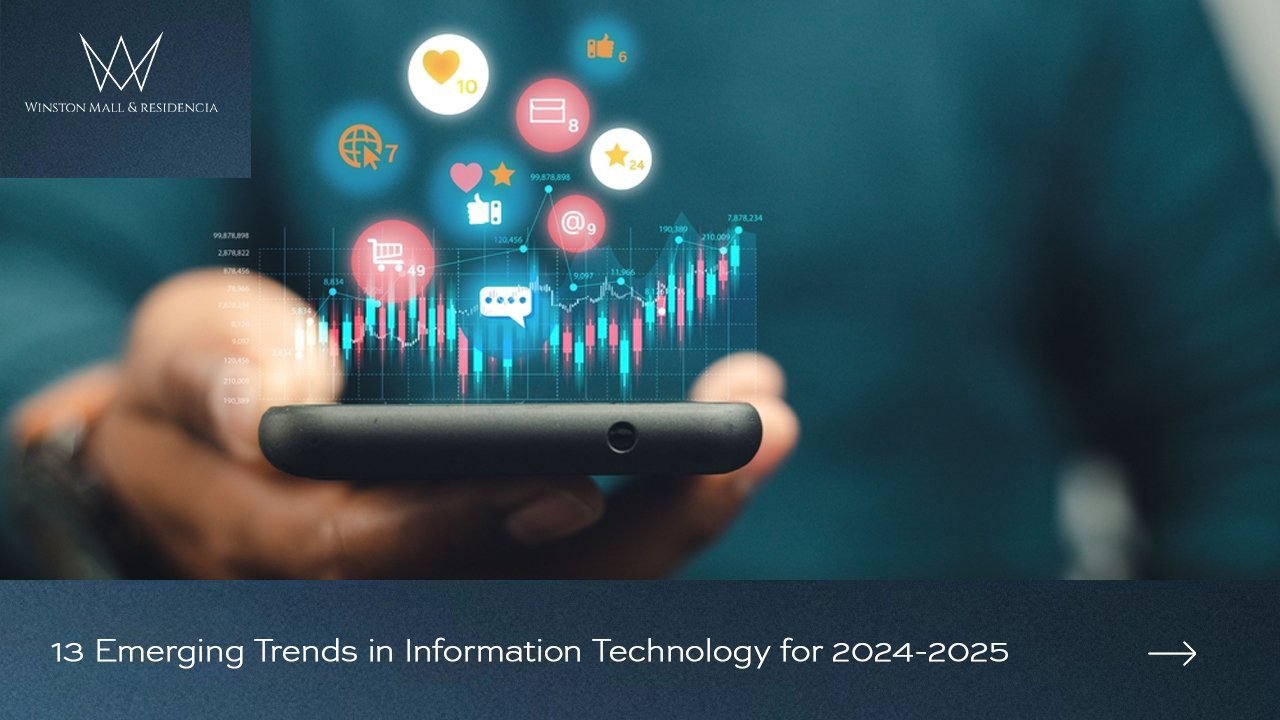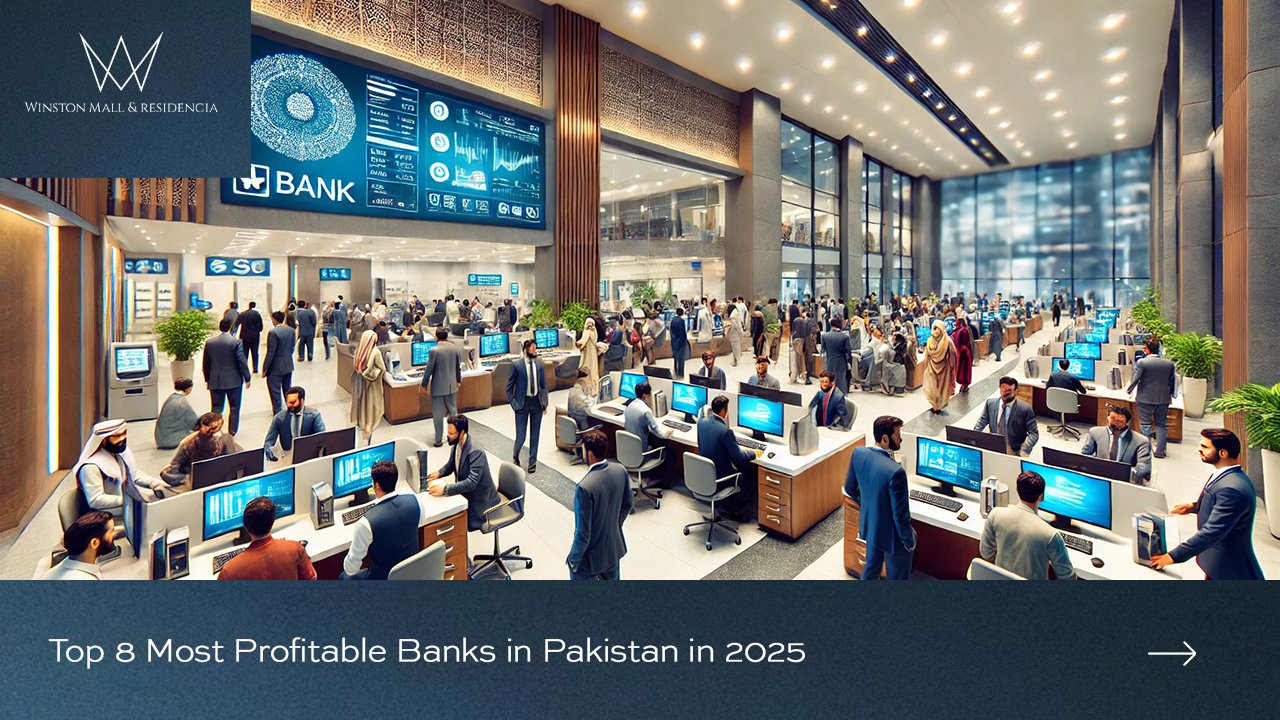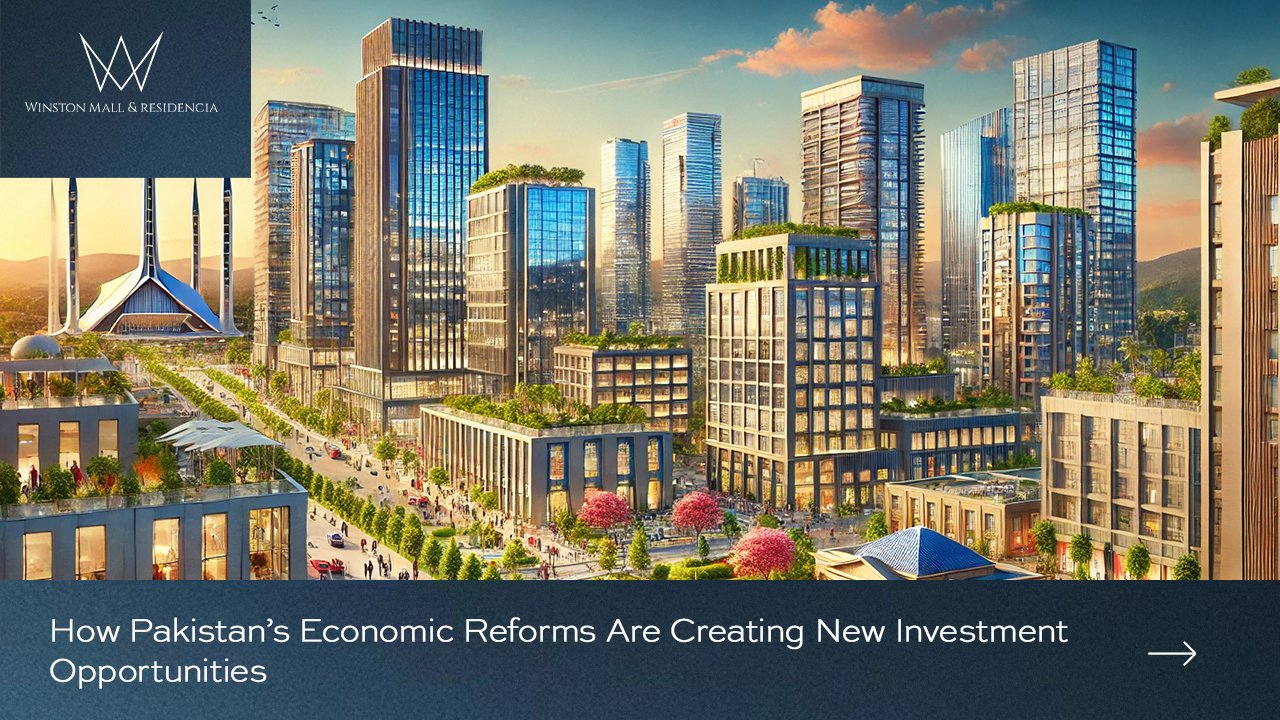A new technology emerges every year to bring fresh solutions to business hurdles and those of everyday life. Some stick while others fade into obscurity and pave the way for those newer innovative ventures. It is impossible to determine which may be of use or worth investment. This article sets out to demystify which of the emerging tech trends are likely to stick into the next generation and apply some practical uses you may spot in 2023 and beyond.
Table of Contents
Toggle1. Artificial Intelligence (AI)
This, of course, is leading to one of the pioneering areas of innovation in terms of technology: artificial intelligence. While applications of this technology include everything from just chatbots to systems that are more sophisticated, similar to Apple’s Siri, the future will have something even more developed.
Emerging Trend: Generative AI and the focus toward transparency and ethics.
Generative AI, embodied by the likes of ChatGPT, brings us closer to what we have seen in the movies. This form of AI which can generate text based on structured prompts raises critical questions about its implications in business and the ethical implications around AI-generated content versus human-created content.
Key Applications:
- Resolution times in customer service
- Precision in targeted marketing and social media engagement
- Routine software coding tasks
2. Internet of Things (IoT)
The Internet of Things connects devices-from wearables to sensors-to streamline operations and enhance outcomes.
Trend: Widespread adoption of IoT devices across sectors, paired with a surge in cybersecurity measures
With the introduction of 5G, IoT devices are increasingly being adopted and deployed, thus demanding stringent cybersecurity measures to address enhanced vulnerabilities.
Key Applications:
- Making more autonomous transport available
- Monitoring buildings and the environment for maximum energy efficiency and safety
- Improve fleet management and health monitoring.
3. Machine Learning (ML)
Machine learning remains the underpinning of technological advancement, helping us make sense of big data.
Trend: Increased usage of automated machine learning (AutoML)
AutoML simplifies machine learning by automating tasks such as data preprocessing and algorithm tuning, thereby making it accessible to those without deep technical knowledge.
Key Use Cases:
- Improved document and text classification
- Speedier processing with accuracy
- Deeper fraud speed detection
4. 5G Networks
5G technology has been the foundation for the improvement of network performance across several parameters.
Trend: Standalone 5G networks
The purpose of these networks is to offer greater coverage and lower latency to have more overall connectivity, such as new applications like remote control devices and precision robotics.
Applications
- Greater ability to remotely control machines and robots
- Greater reliable access to the internet
- More effective inventory management
5. Edge Computing
Edge computing is coming in as a solution to the massive amount of data generated from the increasing number of interconnected devices.
Trend: Increasing use of edge computing in health care and manufacturing sectors
The technology aids in processing data in real-time with faster turnaround times since it is processed closer to the source.
Key Uses:
- Reducing response time in IoT applications
- Data management in health monitoring improves
- Content delivery networks operate better
6. Blockchain
Blockchain technology improves the safety of data and creates an open record of transactions that apply far beyond cryptocurrencies.
Trend: Increased adoption in supply chain management and financial services
Blockchain is changing these industries by making information available in real-time while also improving the speed of the transaction and tracking.
Major Applications:
- Improving visibility and control in supply chains
- Improving intellectual property protection
- Enabling safe P2P transactions
7. Spatial Computing
Spatial computing is changing interactions in digital spaces and breaking rules on the ways we can interact with digital content.
Trend: Integrating physical and digital spaces more naturally than in VR and AR
Integration of sensors and interfaces into our living and working environments enables spatial computing to interact in a more natural manner of interacting with technology in physical space.
Major Applications:
- Improve remote collaboration and learning
- Enable new kinds of advertising experiences
- Enhance design visualization capabilities
8. Smart Spaces
Intelligent spaces have AI and IoT in creating responsive, more efficient surroundings.
Trend: Informed Environmental Management Using Advanced Technological Tools
These enable the collection of environmental data by which smarter decisions can now be made on the allocation of the space and by how much energy should be consumed.
Key Applications
- Energy and building efficiency
- Managing public health and safety
- Efficient and safe use and performance of many spaces
9. Homomorphic Encryption
This homomorphic encryption can be viewed as securely computing on the encrypted data to realize computations without violating confidentiality.
Trend: Privacy solution which permits operation on ciphertexts
This method will have an important role to play in preservation of privacy and realizing compliance particularly where sensitivity about the data is an important requirement.
Key Applications include the following:
- Preservation of sensitive financial and personal information transfers
- Integrity preservation for voting
- Construction of safe machine learning framework
10. Metaverse
The metaverse refers to the collective virtual shared space which results from the convergence of virtually enhanced physical and digital reality.
Trend: Developing a shared virtual space with rich immersion
This technology promises to transform interactions within virtual spaces by producing more vivid and engaging experiences for the user.
Important Applications
- Hosting immersive virtual events
- Enhancing remote education
- Virtual tours of real estate
11. 3D Printing and Additive Manufacturing
The rate of development of 3D printing is taking the field to unprecedented dimensions.
Diversification of materials and applications in 3D printing
New materials and technologies enhance the effectiveness and reach of manufacturing operations.
Key Applications:
- Fabrication of long-lasting medical implants
- Cost saving in aerospace production
12. Smart Homes and Cities
IoT is used in smart homes and cities to make the place livable and city governances more efficient.
Trend: Increased IoT integration with maximum connectivity and automation.
This technology is at the heart of making energy use more efficient and enhancing urban planning and safety.
Key Applications:
- Residential and commercial building occupancy management
- Energy storage and utilization optimization
- Public space monitoring and safety enhancement
13. Robotics and Automation
Robotics and automation are evolving with the promise of new innovation and interaction levels.
Trend: Sophisticated robots with enhanced sensory and interactive capabilities
The thrust in improving human-robot collaboration is leading to a safer and more efficient workplace.
Key Applications:
- Automatization of production and quality assurance procedures
- Expansion of the frontiers of space exploration
- Risk to humans working in hazardous environments is reduced




